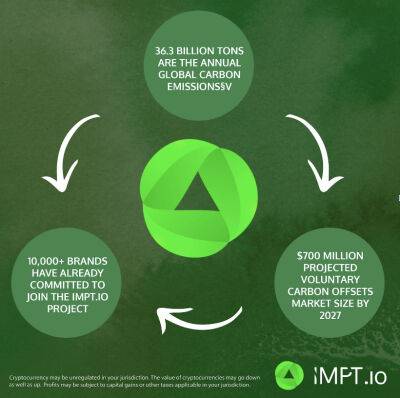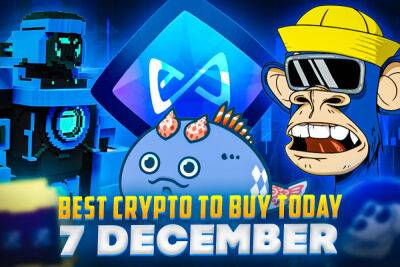Dogecoin is on the cutting edge of future assets
Attention is the lifeblood of Dogecoin (DOGE) and other memecoins. Much like earnings drive the price of corporate shares, the size and quality of attention captured by memecoins drive their price action.
Successful crypto traders understand that DOGE and its kin are not just chips in the “great shitcoin casino” but are, in fact, tradable derivatives of human attention. They are tradable assets backed by zeitgeists.
Trading memecoins isn’t just about spinning the wheel but about weighing the coin’s valuation against the amount of attention it’s receiving. As crypto influencer Cobie said, “Smart traders start selling as ownership and valuation have caught up with attention.”
This means that human attention is being viewed increasingly as one of the scarcest commodities in the world, which is true. In fact, we’ve known this for so long that it’s now a cliche to talk about the “attention economy.”
Related: 90% of GameFi projects are ruining the industry’s reputation
In the 2000s, Web2 companies like Facebook and Snapchat learned to monetize attention. They created apps that captured people’s attention and tracked their behaviors, which allowed them to farm and sell attention to advertisers.
I know this might sound like undergraduate hooey, but as our economic system changes and evolves, it’s only natural that the types of things we value should expand. If human attention is powerful enough to drive the bottom line of huge companies like Meta and Google, then why not trade it directly?
Memecoins are a way of valuing and trading the attention commodity in a decentralized manner. Using blockchains and automated market makers, anyone can trade on people’s attention and enthusiasm.
Remember when Joe Rogan got into hot water earlier
Read more on cointelegraph.com













